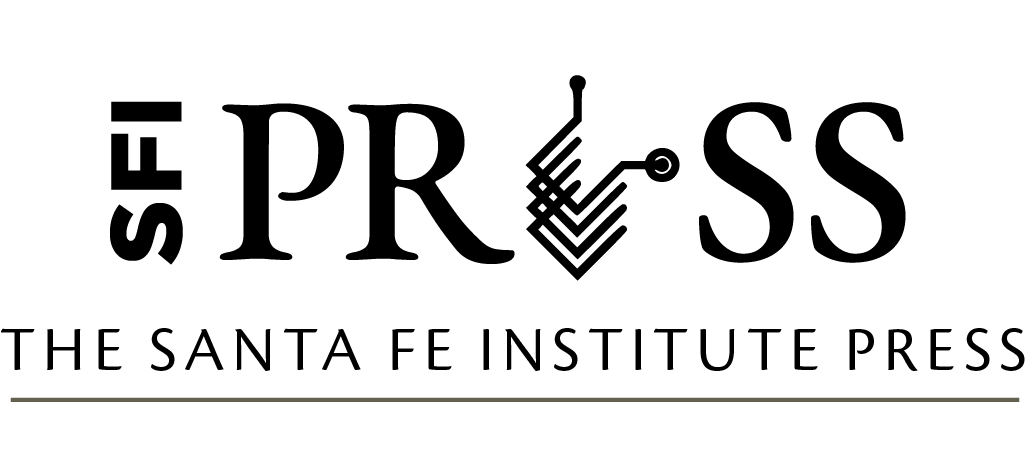Emerging Syntheses in Science pp. 161-197
DOI:
Chapter 10: The Conscious and Unconscious Stream of Thought
Author: Jerome L. Singer
Excerpt
In presenting an overview on the current state of psychological research on the stream of conscious and unconscious thought, I am sensitive to the fact that, in a way, my auditors or readers are already experts on the subject. Each of you knows the nature of your ongoing thoughts, fantasies, memories, your verbal glosses on the passing scene—indeed, you know that you process a vast amount of “internal” information to which the psychologist is not privy unless you choose to reveal it. Indeed, you might try a thought experiment and take note of the many times your attention wanders away from my content in the direction of an awareness of hunger pangs, perhaps some thoughts about your evening plans or, even more remotely from your task as a reader or auditor, to an extended romantic or exotic fantasy. A major challenge to modern psychology, psychiatry, or behavioral science generally is to construct models of the dynamic flow of human responses that incorporate the interplay between the publicly observable movements and speeches of people and the fact that each individual carries on some complex mixture of private conscious thought and, indeed, very likely some form of unconscious mentation during every type of social or solitary action.
A Framework for Studying Ongoing Thought
The Psychoanalytic Method
Sigmund Freud and William James met in the United States at Clark University in 1909. The brief encounter of the two great pioneers of the scientific study of the flow of human thought processes symbolizes the task which modern students of consciousness must now confront. William James, using introspection and clinical observation (Taylor 1983), described the critical properties of ongoing conscious thought as a basic dimension of human psychology in his classic textbook (James [1890] 1952). Sigmund Freud used the characteristics of the thought stream as verbalized in the free associations of his patients to identify, through blockages of verbalizations, diversions in sequence, and momentary forgettings, the operation of a set of thought activities that were unconscious or preconscious. Much of the modern psychoanalytic theorizing about the ways in which presumably unconscious wishes, fantasies, conflicts, or interpersonal attitudes (transferences and object representations) influence adult behavior continues to be derived from anecdotal accounts of psychoanalysts who are assumed to be well-trained to make observations and to draw inferences from samples of the free associative thought. Indeed, to the extent that one can assert that psychoanalysis meets the various criteria of eliminative inductionism and remains a viable scientific method for investigating the possibility of unconscious influences upon the public personality of an individual (Edelson 1984), one must confront the method’s reliance upon ongoing associative thought as its information base.
BACK TO Emerging Syntheses in Science
